"셰브론 독트린 폐기 후 첫 시험대... 美 방송사 39% 소유권 상한제 존폐 기로"
美 방송사 소유권 39% 상한제 폐지 권한 논란, FCC vs 의회 대립구도 형성
프리스테이트재단 "로퍼 브라이트 판결로 의회만 가능" vs NAB "FCC 권한 명백"... 셰브론 독트린 폐기 후 첫 주요 시험대
Free State Foundation: "Only Congress Can Act After Loper Bright" vs. NAB: "FCC Authority Clear" — First Major Test Following Chevron Doctrine Repeal
최근 미국 방송 업계에서는 연방통신위원회(FCC)의 전국 TV 시청 가구 점유율 상한(Ownership Cap), 즉 한 방송사 그룹이 미국 전체 가구의 39%까지만 방송국을 소유할 수 있도록 제한하는 규정을 폐지할 수 있는지 여부를 두고 법적, 정책적 논란이 최고조에 달하고 있다. 이 논쟁의 배경에는 지난해 미 연방대법원이 약 40년 가까이 행정기관에 광범위한 해석권을 인정해온 ‘셰브론 독트린(Chevron Doctrine)’을 Loper Bright Enterprises v. Raimondo 판결(2024년)로 전격 폐기한 데 있다.
이 판결로 인해 "방송사 소유권 상한을 완화하거나 폐지해야 한다"는 현장 목소리가 고조되는 한편, ▲FCC가 정말로 소유권 상한을 변경할 법적 권한이 있는지 ▲최종 권한이 의회에 있는지, 아니면 행정기관인 FCC에 위임돼 있는지에 대한 해석을 두고 첨예한 의견 대립이 펼쳐지고 있는 것이다.
실제로 최근 FCC는 2018년부터 계류 중인 ‘39% 규정’ 재검토 절차를 재개하며, 이해관계자들 및 일반의견을 받기 시작했다. 이에 따라 전미방송인협회(NAB)는 수십 년 된 소유권 제한이 스트리밍 등 빅테크 공룡들이 TV 시장을 지배하는 환경에서는 방송인의 생존을 위협한다는 논리를 내세우며, “FCC가 미국 방송시장 발전과 경쟁력 확보를 위해 전국 소유권 상한을 신속히 폐지해야 한다”고 강하게 주장하고 있다. NAB는 또 “FCC가 소유권 상한제를 없앨 명확한 법적 권한이 있다”며, 셰브론 독트린 폐기가 규정 완화 논리엔 영향을 주지 않는다고 강조했다.
반면 보수 성향 싱크탱크나 일부 시민단체 등은 셰브론 폐기 이후 행정부의 폭넓은 해석·재량권이 제한된 만큼, “FCC가 소유권 상한 삭제 등 중대한 제도 변화를 추진하려면 반드시 의회의 명확한 입법 권한이 필요하다”고 맞서고 있다. 최근 일부 법률가는 별도의 연방 법률이 FCC의 규정 변경 권한을 '사실상 제거'했다고 주장하며, "현재 상황에서는 오직 의회만이 39% 상한을 수정 혹은 폐지할 수 있다"고 지적하고 있다. 실제로 법원 또한 FCC의 규제 권한 범위 및 검토 주기를 ‘규제 완화적 성격’으로 해석한다는 취지의 판결을 내놓기도 했습니다. 이런 맥락에서 FCC 내부나 현장에서도 “법적 권한이 분명치 않은 가운데, 해당 제도 변경은 향후 추가 소송 및 장기적 혼란으로 이어질 수 있다”는 우려도 나타납니다.
이렇듯, 현재 FCC의 전국 방송사 소유권 상한제 폐지 여부는 방송 경쟁구조 변화, 광고시장 환경, 미디어 소비 트렌드와 행정규제에 대한 법적 해석까지 미국 사회 전반의 이해와 과제가 중층적으로 얽혀 있다. 향후 FCC, 의회, 법원이 각각 어떤 해석과 결정을 내릴지, 그 결과가 미국 미디어산업과 시청자들에게 어떤 영향을 미치게 될지 귀추가 주목되며, 당분간 치열한 법적·정치적 힘겨루기가 불가피할 전망이다.
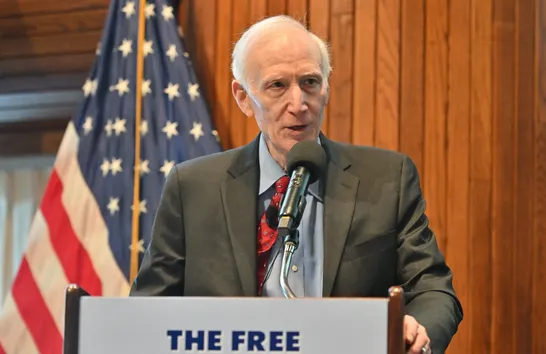
FCC vs. Congress: Battle Over Authority to Eliminate 39% Broadcast Ownership Cap
Free State Foundation: "Only Congress Can Act After Loper Bright" vs. NAB: "FCC Authority Clear" — First Major Test Following Chevron Doctrine Repeal
The U.S. broadcasting industry is embroiled in an intense legal and policy debate over whether the Federal Communications Commission (FCC) has the authority to eliminate the national TV audience reach cap — the rule limiting any single broadcast group from owning stations reaching more than 39% of U.S. households. This controversy stems from last year's Supreme Court decision in Loper Bright Enterprises v. Raimondo (2024), which overturned the nearly 40-year-old Chevron Doctrine that had granted broad interpretive authority to administrative agencies.
The ruling has intensified calls from the industry to relax or eliminate broadcast ownership caps, while sparking sharp disagreements over whether the FCC has legal authority to change ownership limits, and whether ultimate authority rests with Congress or has been delegated to the FCC as an administrative agency.
The FCC recently resumed its review of the 39% rule, which has been pending since 2018, and began accepting stakeholder and public comments. In response, the National Association of Broadcasters (NAB) argues that decades-old ownership restrictions threaten broadcasters' survival in an environment dominated by streaming giants and Big Tech. They strongly assert that "the FCC should swiftly eliminate the national ownership cap to ensure the development and competitiveness of the U.S. broadcast market." NAB also maintains that "the FCC has clear legal authority to eliminate the ownership cap," emphasizing that the Chevron repeal doesn't affect the rationale for deregulation.
Conversely, conservative think tanks and some civic groups argue that post-Chevron, administrative discretion is limited, and "the FCC needs explicit congressional authorization to pursue significant institutional changes like eliminating ownership caps." Some legal experts claim that separate federal legislation has "effectively removed" the FCC's authority to change regulations, arguing that "only Congress can modify or eliminate the 39% cap under current circumstances." Courts have also issued rulings interpreting the FCC's regulatory authority and review cycles as having a "deregulatory character." In this context, concerns arise within the FCC and the industry that "changes to the system without clear legal authority could lead to additional litigation and long-term confusion."
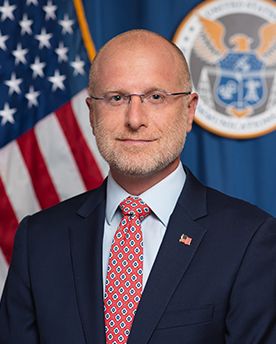
"카 위원장 탓 말고 로버츠 대법원장 탓하라"
미디어 산업이 스트리밍 빅테크 중심으로 재편되는 가운데, 사상 최대의 규제 완화를 앞두고 FCC와 의회를 향한 시민 단체나 방송업계의 목소리가 한층 더 커지고 있다.
4일(현지시간) 프리스테이트재단(Free State Foundation)은 FCC에 제출한 의견서에서 도발적인 메시지를 던졌다. 메모는 "넥스타미디어그룹과 전미방송인협회(NAB)에 경고한다. FCC가 39% 방송 TV 소유권 상한제를 폐지할 수 없다면 FCC의장 브렌던 카(Brendan Carr)를 탓하지 말라. 존 로버츠(John Roberts)라는 사람을 탓하라"는 것이다.
"Blame Chief Justice Roberts, Not Chairman Carr"
As the media industry restructures around streaming Big Tech, voices from civic groups and the broadcast industry are growing louder toward the FCC and Congress ahead of unprecedented deregulation.
On January 4, the Free State Foundation delivered a provocative message in comments submitted to the FCC: "A warning to Nexstar Media Group and NAB: If the FCC cannot eliminate the 39% broadcast TV ownership cap, don't blame FCC Chairman Brendan Carr. Blame a man named John Roberts."

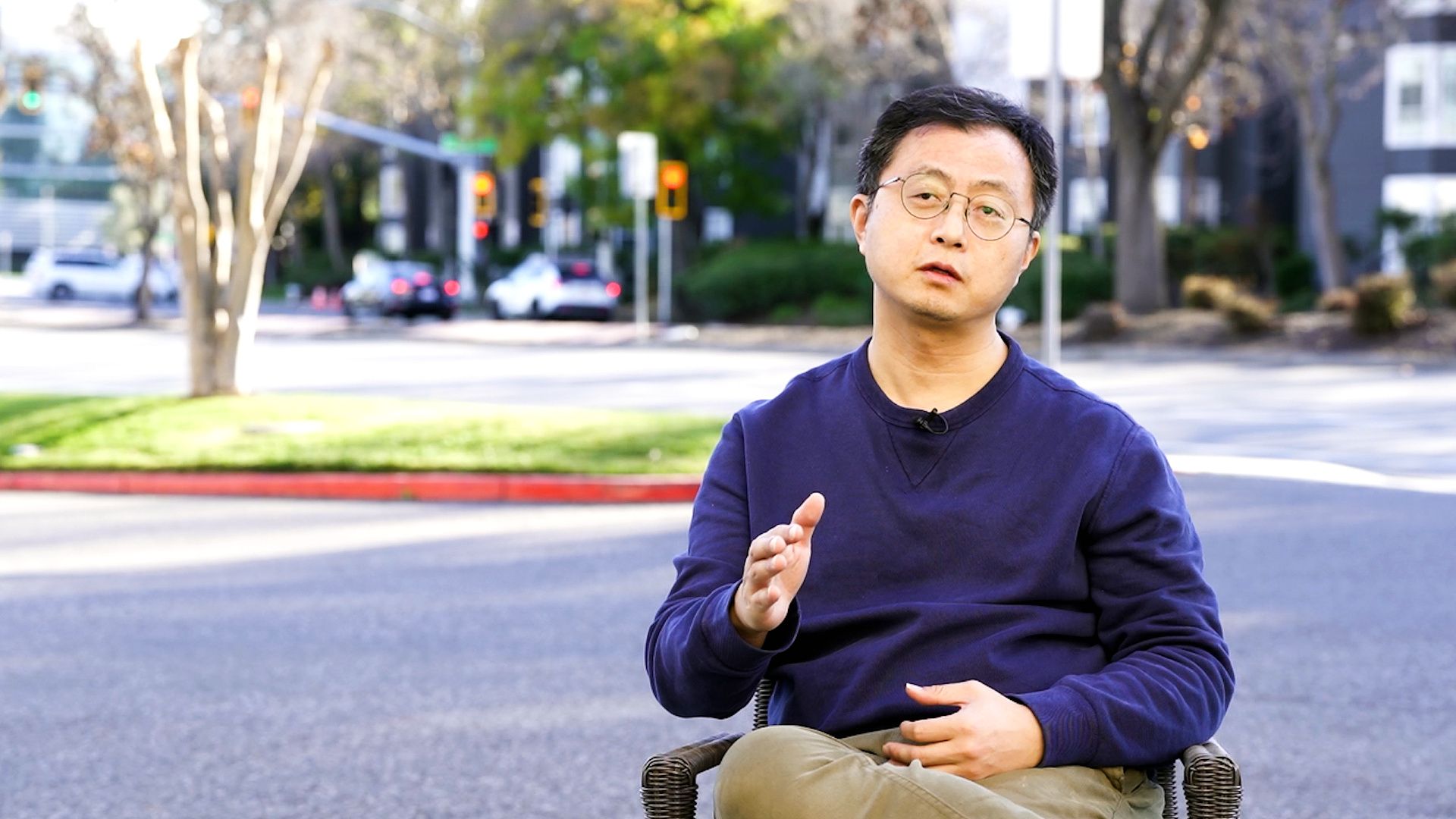
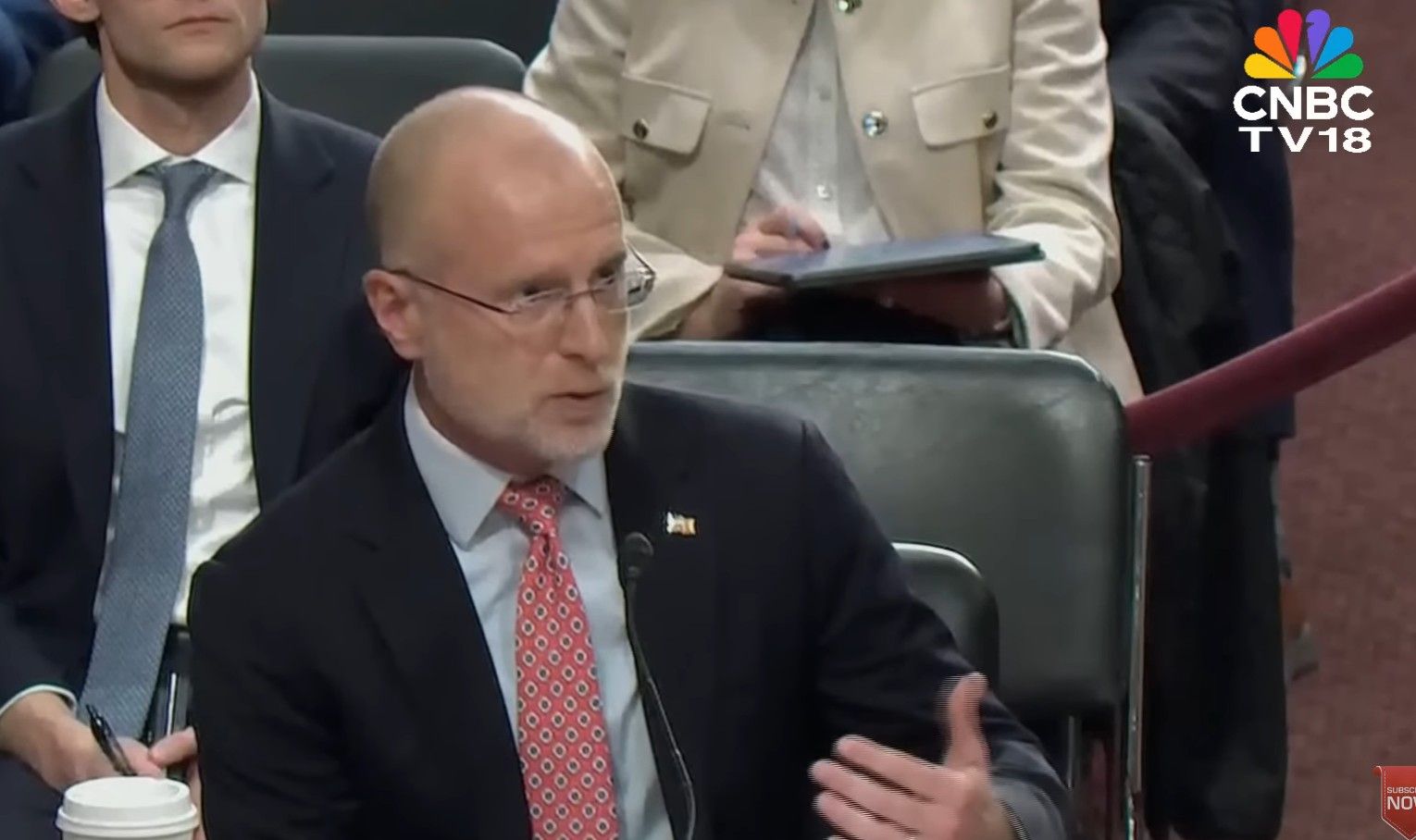
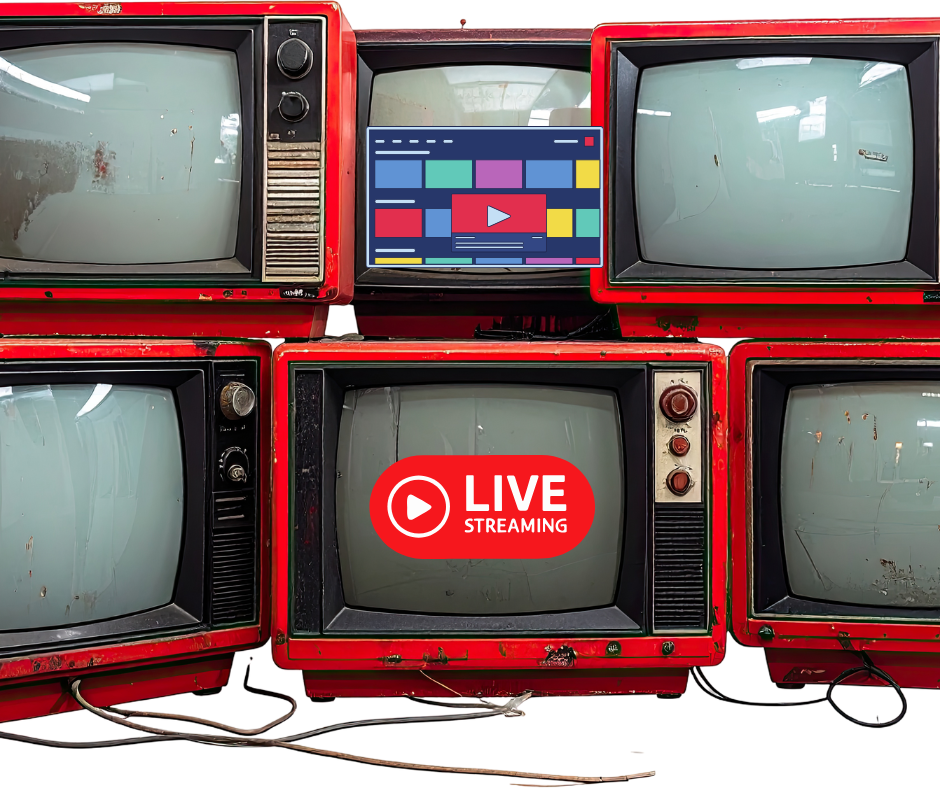
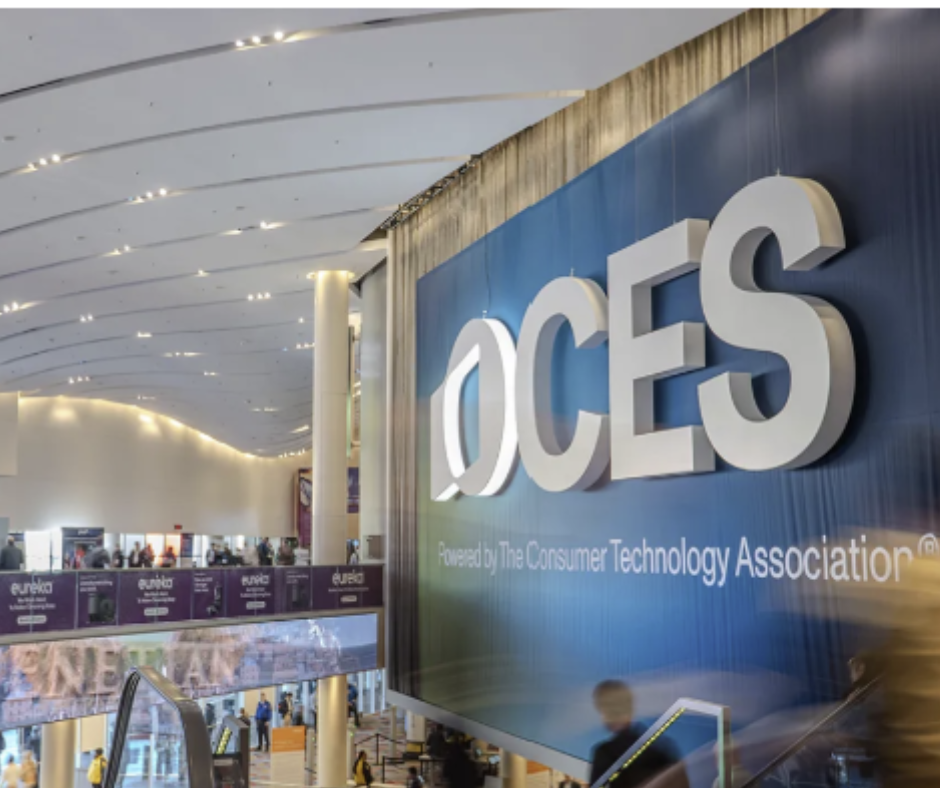
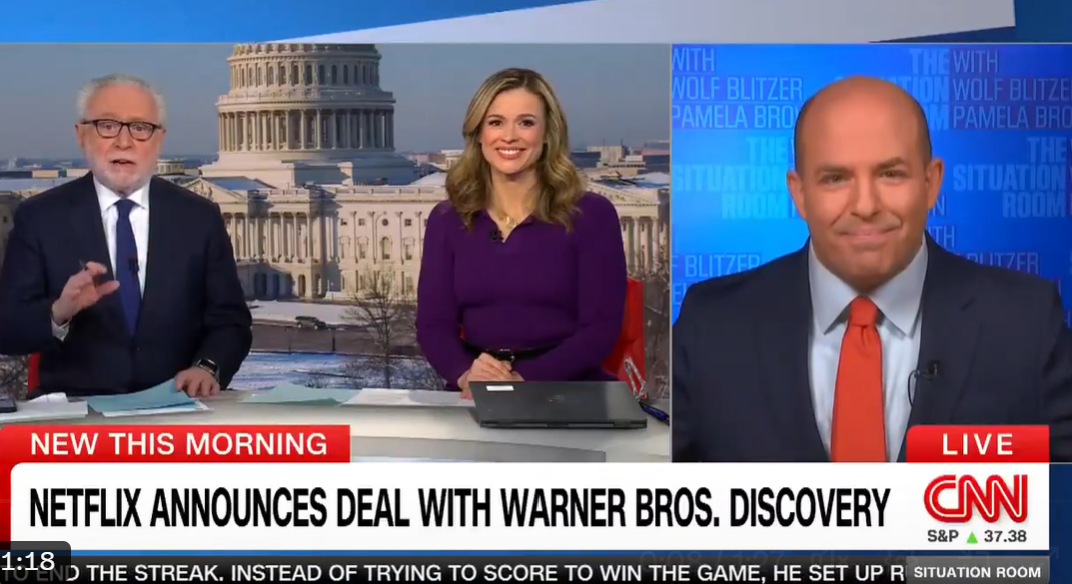
![[CES2026]엔터테크 전문 투어&트렌드 현장 리포트(무료)](https://cdn.media.bluedot.so/bluedot.kentertechhub/2025/12/5x46lj_202512261120.png)
![[보고서]디즈니의 IP 플라이휠, 1957년 메모에서 시작된 100년 전략](https://cdn.media.bluedot.so/bluedot.kentertechhub/2025/12/vtekpo_202512140501.png)
![[리포트]글로벌 스트리밍 대전환과 FAST 시장의 부상](https://cdn.media.bluedot.so/bluedot.kentertechhub/2025/12/7jw8up_202512120304.png)
![[보고서]K-콘텐츠, 몰입형 공간 새로운 경험](https://cdn.media.bluedot.so/bluedot.kentertechhub/2025/12/je15hi_202512061434.png)

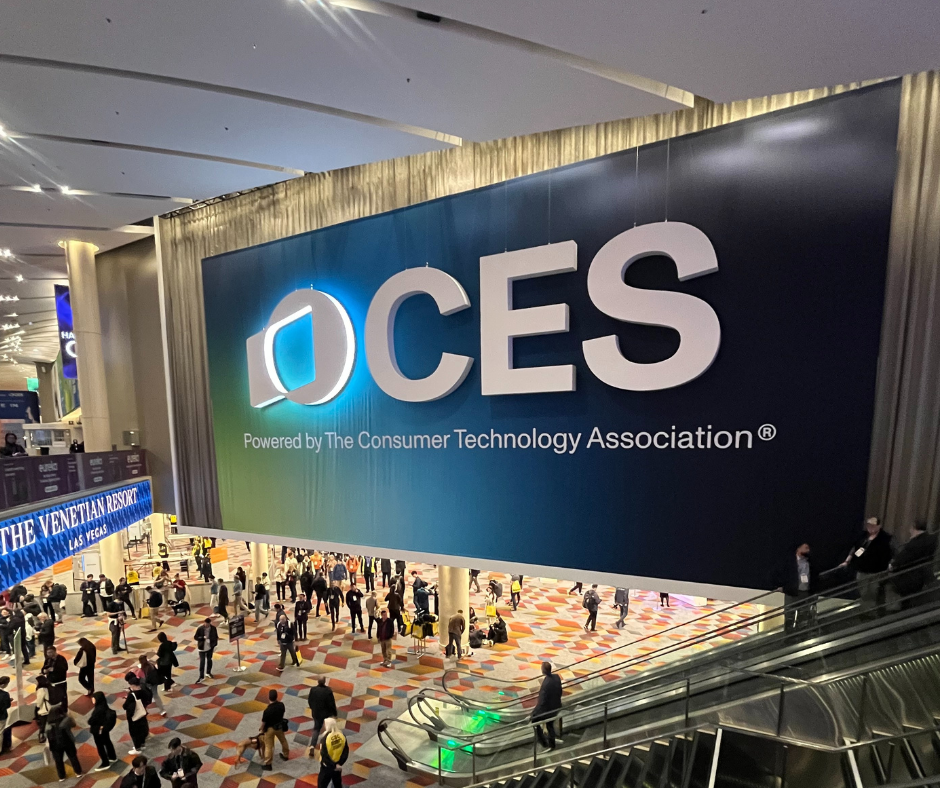

![[K콘텐츠와 K FAST]](https://cdn.media.bluedot.so/bluedot.kentertechhub/2025/11/zxwbgb_202511241038.jpg)
![[모집]1월 9일~14일 글로벌 AI 스템 캠프(자료집)](https://cdn.media.bluedot.so/bluedot.kentertechhub/2025/11/3kf0x5_202511031830.png)
![[MIPCOM2025]글로벌 엔터테인먼트 트렌드](https://cdn.media.bluedot.so/bluedot.kentertechhub/2025/10/duxlsp_202510170000.png)